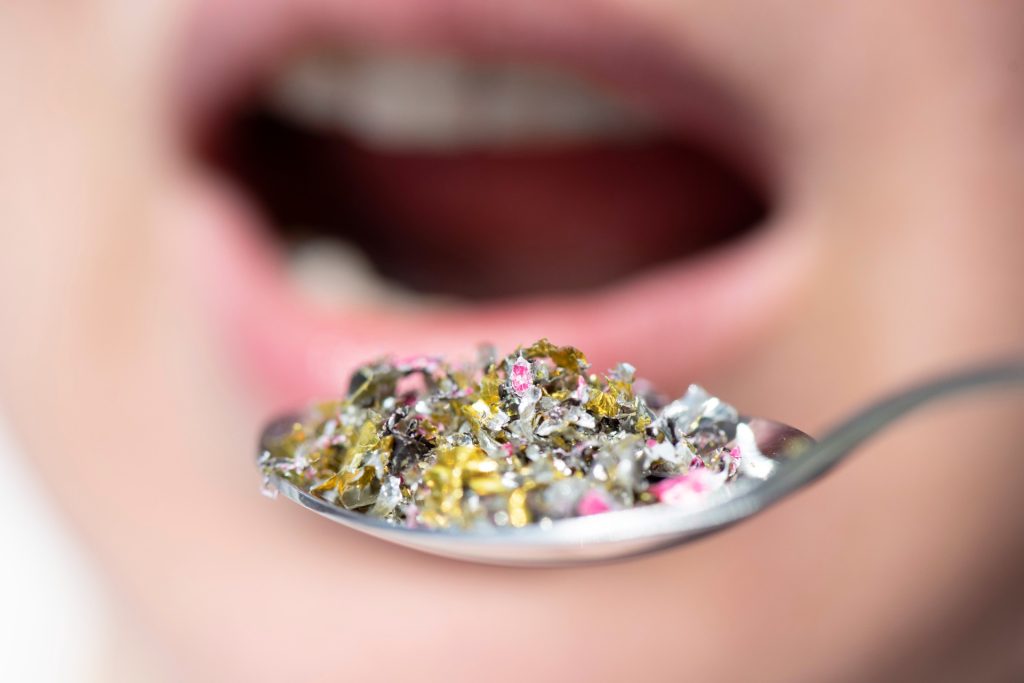Study Reveals Shocking Nanoplastic Levels
Others are reading now
Plastic is everywhere. It wraps our food, fills our closets, and even sneaks into our cosmetics.
Over the past two decades, plastic production has exploded. More than half of all plastics ever made have been produced since 2002.
Scientists are now discovering just how deep it has worked its way into our bodies.
A new study published in Nature Medicine found tiny plastic fragments, called nanoplastics, inside human brain tissue. The levels found were shockingly high, reports WP.
Also read
Researchers analyzed samples taken in 2024 and compared them to those from 2016. The concentration of plastic particles had increased significantly.
The latest samples contained up to 4,800 micrograms per gram of brain tissue. That’s nearly the weight of a plastic spoon, according to Matthew Campen, lead researcher at the University of New Mexico.
A Possible Link Between Nanoplastics and Dementia
The study also found that people with dementia had three to five times more plastic in their brains than those without the condition.
These tiny fragments were mostly found in the walls of blood vessels and immune cells in the brain.
Scientists are not saying plastic causes dementia, but they believe the disease might make it easier for these particles to accumulate.
Is It Possible to Avoid Plastic?
Avoiding plastic completely seems impossible. It is in the air we breathe, the food we eat, and the water we drink.
As plastic waste breaks down, it releases microplastics and nanoplastics that can enter the human body.
Studies have already found them in the lungs, liver, and even the heart.
The long-term effects of these particles on human health remain uncertain. Some researchers believe they could carry harmful chemicals that interfere with hormones and reproductive health.
Others worry that they may contribute to inflammation and other diseases. More research is needed to understand how they interact with human cells.
A Problem Bigger Than Individuals
Reducing personal plastic use can help, but it won’t solve the larger problem. Many companies prioritize cost over environmental impact and continue to produce massive amounts of plastic.
Governments and industries must take responsibility by reducing plastic production and investing in alternatives.
Scientists stress the importance of further research. As methods improve, they hope to better understand the risks plastic poses to human health.
Until then, raising awareness and pushing for policy changes are crucial steps in tackling the growing plastic pollution crisis.


